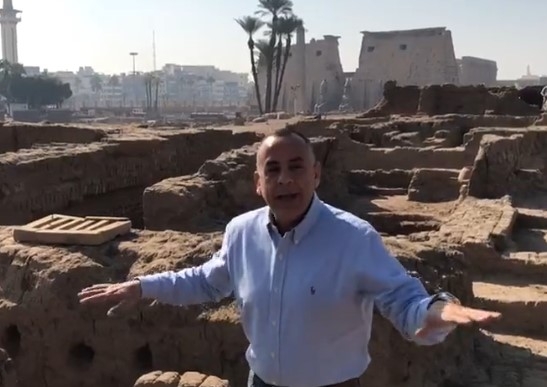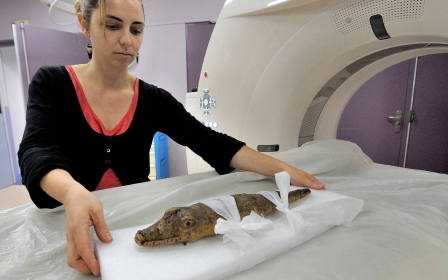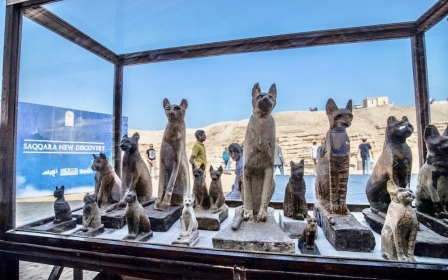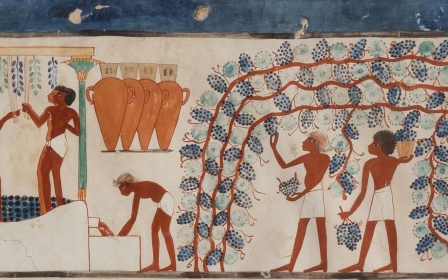Egyptian archaeologists uncover 'complete' Roman city in Luxor

Egyptian archaeologists have unearthed a 1,800-year-old Roman-era city with a complete residential structure in the southern city of Luxor.
Mostafa Waziri, head of Egypt's Supreme Council of Antiquities, said that the city dated to the second and third centuries, and had numerous residential buildings and two towers to house pigeons and doves.
He described it as the "oldest and most important city found on the eastern bank of Luxor".
Researchers found a number of metal workshops that included a collection of pots, tools, and bronze and copper Roman coins.
They hailed the discovery as a rare find. Excavations were made in Luxor's west bank of the Nile River. The area is famous for its tourist attractions of ancient temples and tombs, the Valley of the Queens and the Valley of the Kings.
New MEE newsletter: Jerusalem Dispatch
Sign up to get the latest insights and analysis on Israel-Palestine, alongside Turkey Unpacked and other MEE newsletters
Egyptian archaeologists have made several major discoveries in recent years.
In April 2021, they uncovered a 3,000-year-old "lost golden city" on Luxor's west bank, considered to be the largest ancient city yet unearthed in Egypt.
The Egyptian government had been pushing to revitalise the tourism industry in the country, and analysts see these recent discoveries as tools to attract media attention and project a good image of Egypt after years of political unrest.
Tourism accounts for almost 10 percent of GDP and supports around two million jobs.
Early in January, archaeologists in Egypt unearthed nine crocodile skulls hidden for thousands of years in two ancient tombs in Upper Egypt's Theban Necropolis.
Middle East Eye delivers independent and unrivalled coverage and analysis of the Middle East, North Africa and beyond. To learn more about republishing this content and the associated fees, please fill out this form. More about MEE can be found here.




